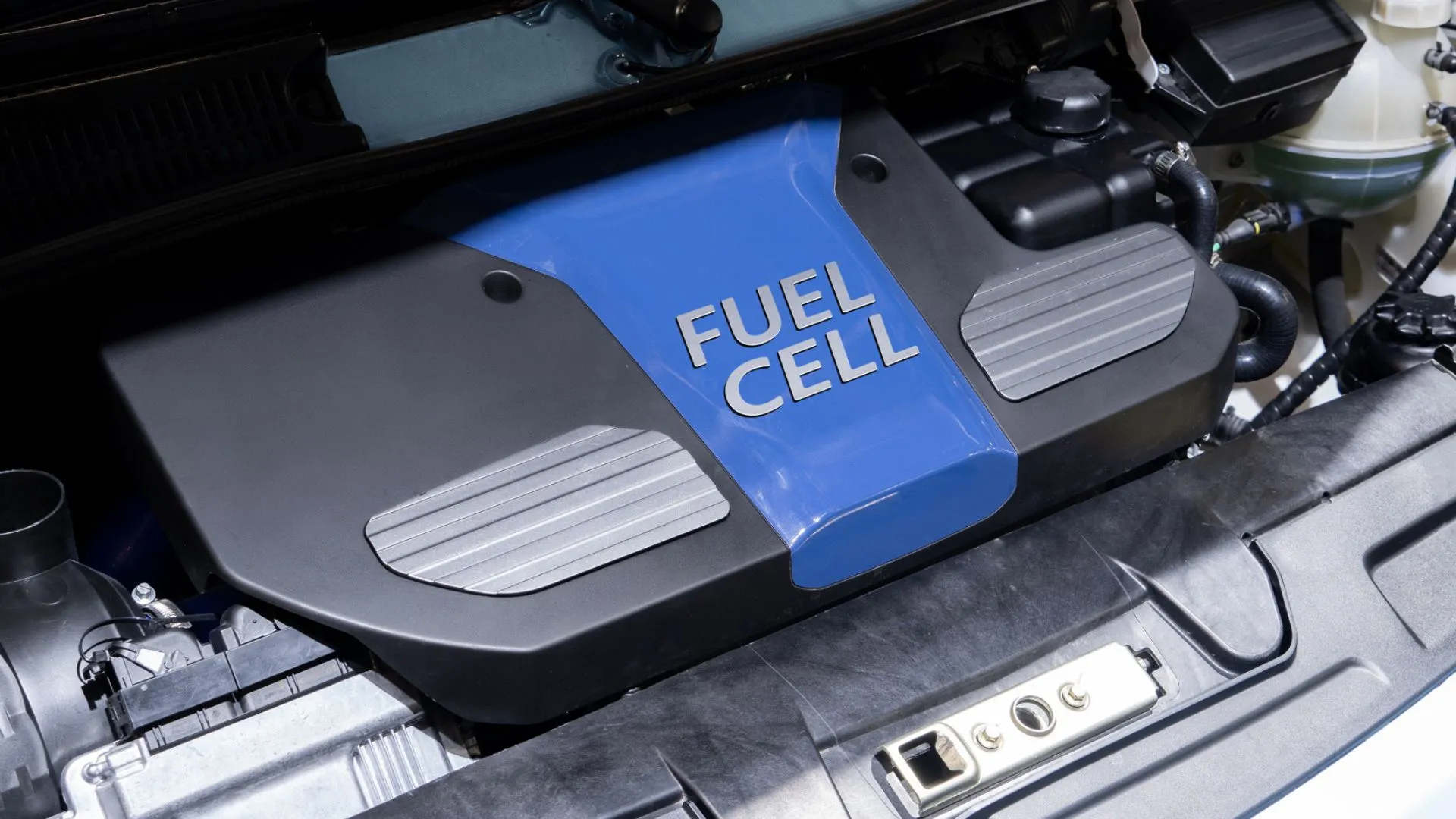
Researchers at Kumamoto University in Japan have developed a solid electrolyte material derived from abundant natural clay minerals.
This innovative membrane offers dual benefits: high proton conductivity and hydrogen gas barrier properties.
These benefits could lead to the development of a new generation of efficient and sustainable low- to mid-temperature fuel cells.
“This is a major step toward sustainable, high-performance fuel cells that don’t rely on expensive or environmentally burdensome materials,” said Professor Shintaro Ida, one of the study authors.
“Because the raw material—montmorillonite clay—is abundant and low-cost, this technology has real potential for scalable, eco-friendly energy solutions,” Ida added in the press release on September 24.
Flexible solid electrolyte
For a long time, fuel cells have been hampered by the necessity for proton-conducting oxides that demand operating temperatures of over 500°C. This high-temperature requirement has severely restricted the tech’s applicability, especially in compact or mobile systems.
In this new development, the Kumamoto team, led by Assistant Professor Kazuto Hatakeyama and Professor Ida, has tried to solve this existing issue.
The researchers developed a flexible solid electrolyte composed of monolayer silicate nanosheets.
This innovative material conducts protons well across various temperatures, from chilly to hot. Its performance is comparable to, and sometimes even better than, standard fuel cell materials like Nafion.
“This material achieves proton conductivities of 2.3×10-3 S/cm @10 °C, 6.2×10-3 S/cm @100 °C, and 8.7×10-3 S/cm @140 °C under 100% relative humidity—comparable to or exceeding current polymer-based electrolytes like Nafion,” the press release explained technically.
Shows promise in testing
This material stands out because of its “dual performance.”
First, it efficiently conducts protons, which is the main job of a fuel cell membrane — allowing the flow of positive ions to generate electricity.
But what truly sets it apart is its second, equally important function: it acts as a superior barrier to hydrogen gas.
The membrane blocks hydrogen gas over 100 times better than Nafion, the current industry standard. This benefit enhances the safety of the fuel cell by preventing dangerous leaks.
The combination of properties is also important for enhancing fuel cell safety, maximizing efficiency, and extending the operational lifespan of the devices.
When used in hydrogen fuel cells, this membrane performed well at a temperature of 90°C, generating a high current and power output.
Specifically, it achieved a maximum current density of 1080 mA/cm² and a power output of 264 mW/cm². It demonstrates the material’s effectiveness in a real-world application.
Also, the fuel cell can handle extreme temperatures, operating smoothly from frigid cold (-10 °C) to intense heat (140 °C).
Interestingly, this temperature property could make the technology ideally suited for diverse applications, from cold-weather vehicle deployment to high-demand industrial and automotive environments.
The team says using abundant and low-cost clay minerals like montmorillonite makes it a scalable and sustainable solution for future energy applications, addressing the limitations of conventional high-temperature fuel cells.



